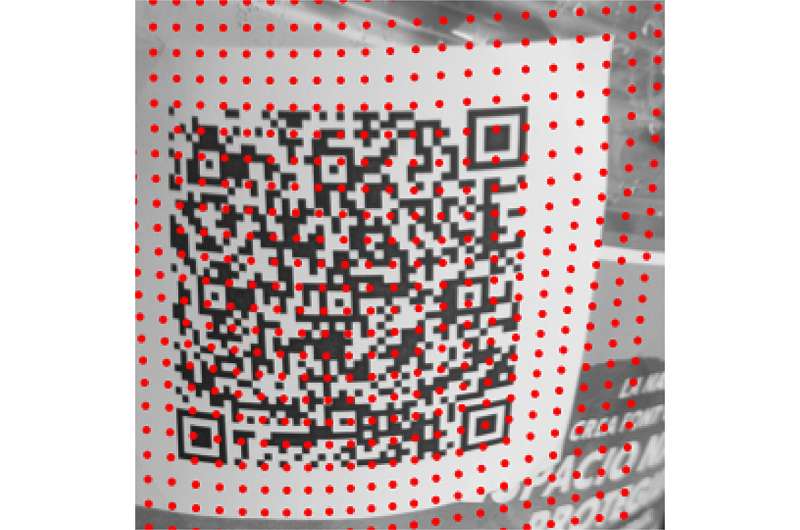Researchers from the University of Barcelona and the Universitat Oberta de Catalunya have developed a groundbreaking methodology to facilitate the recognition of QR codes on irregular surfaces, revolutionizing the way we access digital information. This innovative solution overcomes the challenges posed by deformed or uneven surfaces, enabling seamless QR code scanning in diverse environments. Learn more about this cutting-edge technology and its impact on the future of digital accessibility. QR code, Barcode

Conquering the Challenges of Uneven Surfaces
In today’s digital age, QR codes have become ubiquitous, seamlessly connecting the physical and digital realms. However, the task of accurately scanning these two-dimensional barcodes is not without its challenges. As Ismael Benito, a professor at the University of Barcelona and the Universitat Oberta de Catalunya, explains, the quality of the image, the print quality, and the surface irregularities can all contribute to the failure of QR code recognition.
Traditionally, QR codes have been designed to work best on flat, parallel surfaces. But what happens when we encounter them in the real world, where surfaces can be curved, deformed, or irregular? This is the problem that the research team set out to solve, developing a groundbreaking methodology that can accurately read QR codes on a wide range of surfaces, including bottles, food trays, and courier packages.
Unlocking the Secrets of Spline-based Surface Adjustment
The key to the team’s innovative approach lies in their use of mathematical functions called splines. These versatile tools, originally used in fields like geology and photography, allow the researchers to locally adjust the topography of the surface on which the QR code is printed.
By leveraging the unique internal patterns of the QR code itself, the algorithm is able to extract the underlying surface and recover its texture. This spline-based adjustment technique enables the system to adapt to the ups and downs of the surface, effectively compensating for the distortions that can hinder traditional QR code scanning.
According to Benito, this generalist methodology represents a significant breakthrough, as it is the first technological proposal capable of combining a holistic approach with two-dimensional barcodes to facilitate the recognition of digital information, even in challenging physical environments.
One practical example of the system’s capabilities is its ability to accurately read QR codes on the cylindrical surfaces of Bicing bicycles. By adjusting the capture distance and angle, the algorithm can overcome the deformation caused by the curved surface, unlocking seamless access to the digital information stored within the code.
This innovative approach not only enhances the user experience but also opens up new possibilities for the integration of QR codes in a wide range of applications, from e-commerce and logistics to smart labeling and the internet of things (IoT).
Overcoming Technological Challenges for Widespread Adoption
While the research team’s breakthrough represents a significant step forward, there are still ongoing technological challenges to address for the widespread adoption of their QR code recognition system.
In the case of commercial applications, the primary challenge lies in ensuring the reliability and accuracy of the readings. Benito and his team are working diligently to safeguard the integrity of the QR codes, guarding against potential attacks or modifications that could compromise the digital information they contain.
In the industrial sector, where controlled environments are the norm, the focus shifts to reducing the speed of the capture process. By optimizing the system’s performance, the researchers aim to enable seamless integration of their technology into various manufacturing and logistics workflows.
As the world becomes increasingly digitized, the need for reliable and versatile QR code recognition solutions has never been more pressing. The University of Barcelona and Universitat Oberta de Catalunya’s research team have taken a significant stride towards addressing this challenge, paving the way for a future where QR codes can be accessed and utilized with greater ease and efficiency, even in the most complex physical environments.
